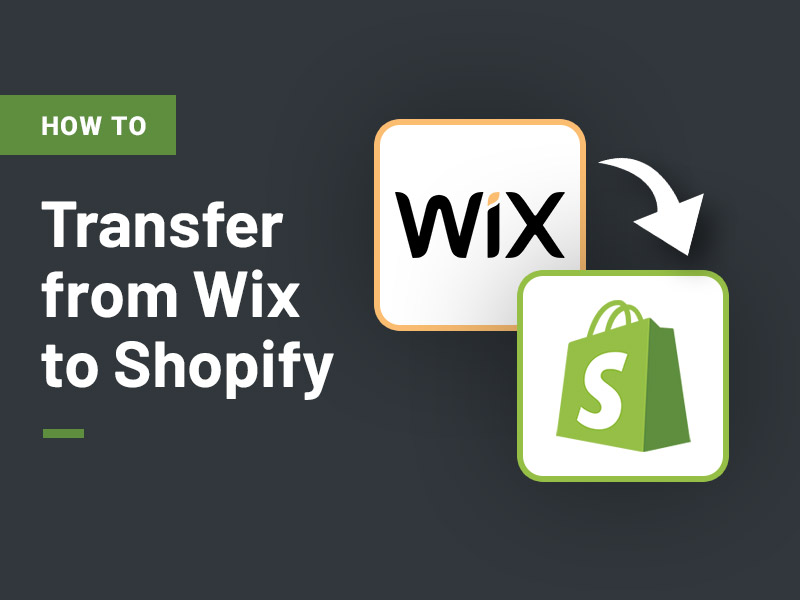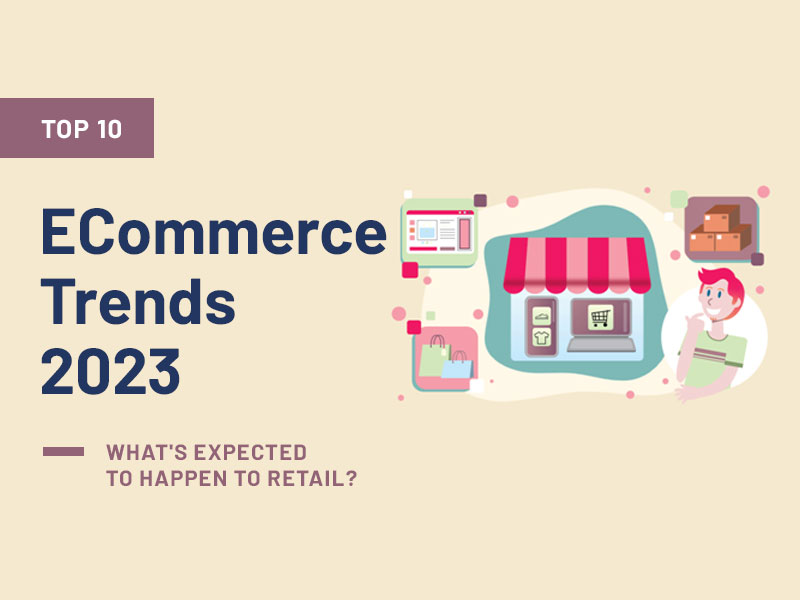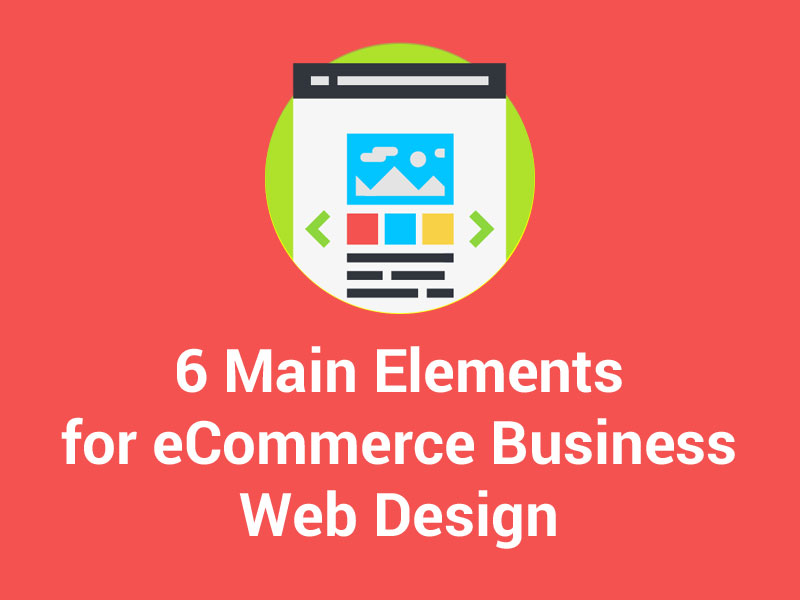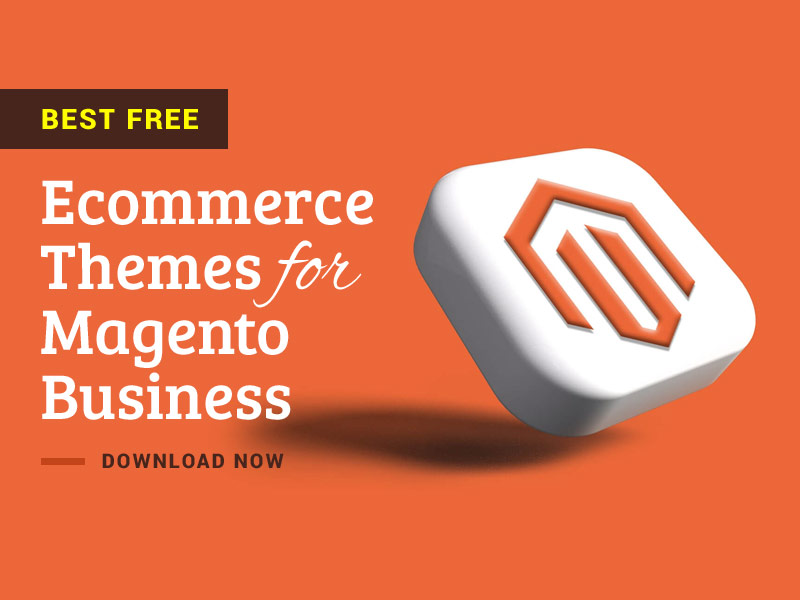It is not surprising to know how much B2B eCommerce marketplaces have gained steam in the past decade because they can offer a more customized and flexible supply of products and utilize services than ever, and offer an interactive customer experience.
A Forrester research shows that the US B2B eCommerce market will be worth $1.8 trillion by 2023 and account for 17% of all B2B sales in the country by that year.
The figure is imaginable given how eCommerce giants like Alibaba have progressed with B2B sellers and buyers by acting as the ultimate marketplace for doing business. Keeping that in mind, let us discuss everything there is to know about B2B multi-vendor marketplaces.
What is a B2B multi-vendor marketplace?
Let us take Amazon, a B2C multi-vendor store, as an example to understand this term. It invites individual sellers and businesses to sell to end customers. Right? Now a B2B multi-vendor marketplace follows the same model.
The only catch is here the sellers include manufacturers, suppliers, brands, and wholesalers that sell products in bulk (usually) to other businesses (end customers).
How does the B2B eCommerce model work?
Both parties involved here are businesses; the payments are usually carried out through an online sales portal — via bank transfer, credit or debit cards, or through digital wallets.
The introduction of digital commerce helps wholesalers, distributors, and other types of B2B sellers reduce costs and improve efficiency because orders are processed digitally. On the whole, B2B leads to the better management of suppliers and end customers.
Features of a B2B multi-vendor marketplace to leverage
Since a B2B multi-vendor marketplace is different from a single-vendor site, there are unique capabilities that you can benefit from and nudge your customers to properly compare, interact, and select products from the best B2B vendors across the globe.
1. Bulk product uploading and editing
As the name suggests, this feature allows vendors to upload and edit the details of multiple products in their respective accounts from the backend. In a few clicks, they can edit anything about the items and their variants, such as title, description, pricing, tags, SKU, and so on.
2. Payment options
To enable hassle-free checkout and boost customer satisfaction, give your customers multiple modes of payment such as net banking, credit or debit cards, PayPal, Google Pay and so on in a B2B multi-vendor marketplace. Your brand credibility will also increase along with conversions.
3. Vendor terms and conditions
Because you have many vendors selling on your marketplace, it is imperative to have specific guidelines laid down for both parties. For instance, the risks to the products shall be passed directly from the vendor to the customer upon delivery. Your company will have no say whatsoever about the condition in which shipments reach the customers.
4. Comments and reviews
Give your customers the liberty to share their feedback in the “comments” section and give a star rating about a product. You can showcase this functionality on each page just how Amazon has for each vendor. You can also integrate Google Reviews plugin for people to comment.
5. Customer-to-vendor communication
This add-on enables customers to contact the vendors directly from the storefront. All they need to do is log in from their account and initiate the communication by contacting a vendor from their micro-store or the product page.
The contacted vendor can see the message in theAdmin panel and reply from there itself. Both parties will get notified via push, depending on the settings.
6. Catalog management
As B2B and B2C customers are used to searching for product info online, every B2B multi-vendor marketplace needs to have a well-managed product catalogue that entails information about all the products. This will boost your online visibility by keeping your SEO efforts intact.
How to succeed in a B2B marketplace
Competition is rife in this space. B2B marketplace provides the end customers with the convenience of engaging and buying from multiple verified vendors on a single platform, thanks to the right marketplace app development.
If a vendor does not have the budget to invest their resources in reaching their target audience on their own, associating with the marketplace will help them expand their business. Here is how to succeed in a B2B marketplace:
1. Get access to a global customer base
Most B2B marketplaces of today boast of localization settings and configurations. Vendors can display their products in different languages using integrated translation tools. There are also provisions for international transactions (including delivery charges and sales taxes) and logistics. This allows them to comfortably attract, engage, and sell to all customers worldwide.
2. Build an online presence
When your vendors digitize their entire catalogue online, it increases their chances of reaching qualified customers and closing deals. This arrangement is similar to a global trade fair. The only difference is it is open 24/7, 365 days a year, thus giving you a larger window to drive sales.
3. Test new products continually
Removing obsolete inventory and SKUs from the system and adding new products is easy with the right Magento 2 multi-vendor marketplace solution. Plus, with a centralized platform, you can take strategic decisions about the performance of a product or vendor using sales data.
That way, you can keep refreshing your catalogue frequently to stay on pace with the pulse of your target audience.
4. Easy platform set-up
B2B multi-vendor marketplaces have a standard user interface and easy-to-use seller portal. That way, vendors can load their business and product details to get their eCommerce storefront up and running in no time.
Marketplaces integrate product management capabilities, transactional add-ons, payment methods, and more with ease. On the other hand, getting a storefront designed from scratch can be expensive and time-consuming.
5. Low joining fee
When a vendor plans to join a B2B multi-vendor marketplace, they usually have to pay a small joining fee, which any company of any size can afford. Being a part of a marketplace allows vendors to decrease operating costs.
They no longer need to update lengthy printed catalogues or invest their hard-earned money on traditional marketing channels. Everything is set up for them beforehand.
6. Access to foreign markets
The low startup costs of B2B multi-vendor marketplaces have allowed even the smallest of businesses to sell their goods and services domestically and internationally. After all, the marketplaces offer an economical way to do business.
Vendors do not have to make expensive international trips to secure a business deal. They already have access to the infrastructure and customer base to sell wherever they want to anywhere across the globe.
7. Increase customer service and loyalty
Efficient B2B multi-vendor marketplaces facilitate connection and conversation among customers and vendors and let the latter own their business relationships. Because the vendors have access to their micro-stores, they can spend less time fielding leads and taking orders on phone or email and more time promoting their business and driving higher sales.
Well-known online B2B marketplaces
Given the benefits this business model offers, many businesses (or end customers) look to purchase from successful B2B marketplaces, providing them with good deals, various products and superior customer experience.
If you are looking for inspiration, there is no dearth in the market for high-performing B2B multi-vendor marketplaces. Let us check out the top seven:
1. Alibaba
This is the world’s largest B2B marketplace for wholesale goods and an incredible platform for Chinese firms to promote their offerings. Its highly aggressive yet sophisticated approach kept it at the top of the game for many years. It offers various trading services such as B2C, C2C and B2B with more than 1 billion active users.
2. Amazon Business
Established in 2015 by Amazon, this marketplace is similar to the eCommerce giant’s business-to-customer division. It caters to businesses from various domains, including healthcare, hospitality, education, and so on. Every vendor can assign users authorized to enter and buy on Amazon on behalf of their employers.
3. eWorldTrade
This global B2B marketplace was founded in China to bring together the most credible merchants and manufacturers from everywhere. It showcases 100+ unique categories, including beauty and personal care, clothing, machinery, F&B, and so on.
4. Global Sources
Another stellar B2B marketplace by Global Sources, Global Sources, is one of the earliest B2B platforms to get listed on NASDAQ. Since its inception in the 1970s, it has gathered millions of monthly active users. It features a vast inventory, enabling its vendors to showcase their offerings, allowing convenient vendor-customer communication easily.
5. Thomasnet®
It is the largest go-to platform for product sourcing and supplier selection. As a part of Thomasnet®, you can fetch daily information, news, and ideas to help be successful in the ever-evolving digital industrial economy. It helps connect engineers with buyers throughout every stage of the industrial purchase process.
6. EC21
Similar to the previous marketplaces we just covered, manufacturers and suppliers can post and promote their offerings on EC21. Buyers and importers can contact suppliers using the right B2B keywords and categories.
7. IndiaMART
This is India’s largest B2B marketplace and comprises a 60% market share in the country’s B2B classified arena. The platform primarily focuses on catering to SMBs, SMEs and large enterprises. It has a daily customer base of 1.5 million.
Over to you
With so many B2B eCommerce stores opening, the competition is no doubt more fierce than ever. But fret not — the opportunities are vast. For many, a B2B multi-vendor marketplace is an excellent way to expand the B2B network and drive higher sales. And with the right technology, you can build an eCommerce marketplace that stands the test of time.







